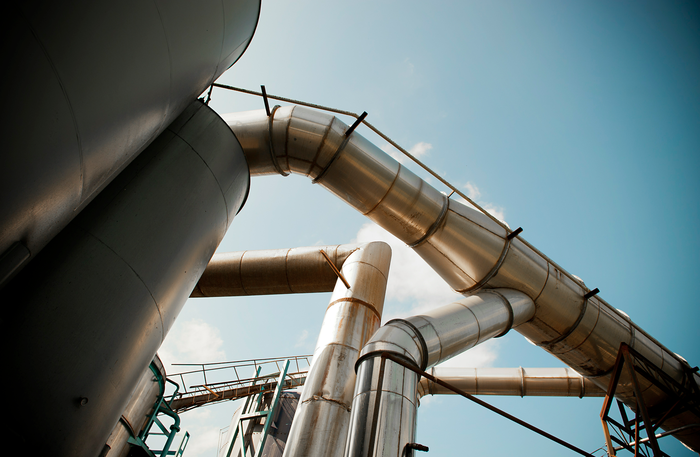ren·der a) to obtain by melting [to render lard] b) to melt down [fat]
Rendering is a high temperature cooking and drying process that produces, depending on the input material, various fats and protein meals. Both edible and inedible rendering occurs with raw materials collected from chicken, pork, beef, and other edible animal processing facilities, along with trimmings from supermarket butcher shops, expired meat products from grocery stores, and used cooking oils from restaurants and commercial kitchens.
The Rendering industry helps to maintain our environment by recycling perishable by-products generated by livestock and poultry processing in nations throughout the world. In North America alone, more than 60 billion pounds of (would be) waste is kept out of landfills and water ways, and instead is converted into ingredients for various soaps, lubricants, textiles, pet foods and animal feeds.
BHT ReSources and the rendering industry are vital links in our nation’s food chain. Without rendering, an untenable strain would be placed on our environment as waste products from meat producers and consumers would overwhelm our existing means of waste disposal. In addition, without turning an otherwise waste product back into a valuable feed ingredient, demand would increase on alternative feed ingredients, such as soybeans and corn, leading to price increases across a wide range of foods and other consumer products.
For more information on the rendering industry in North America, check out this industry overview video.


